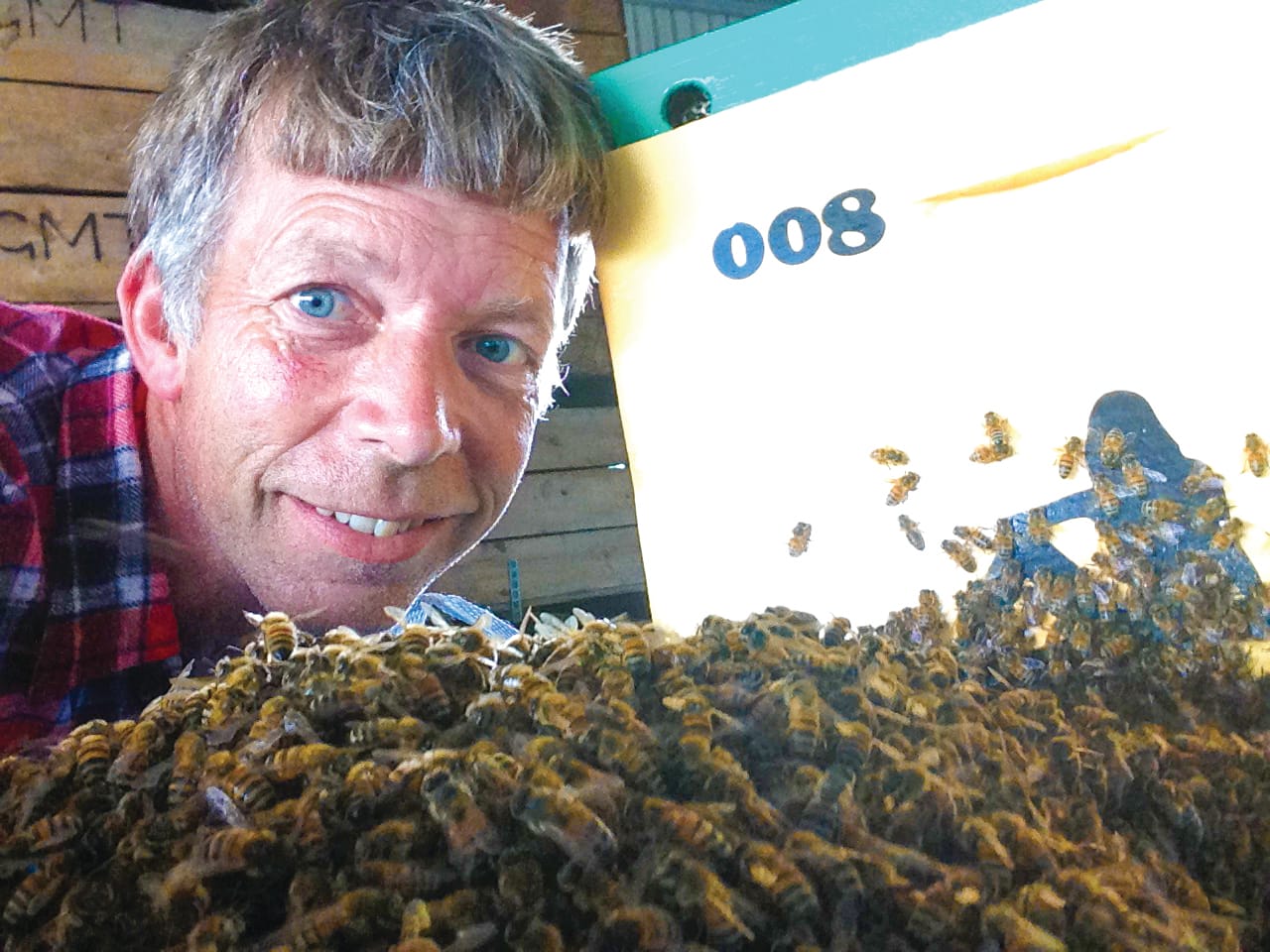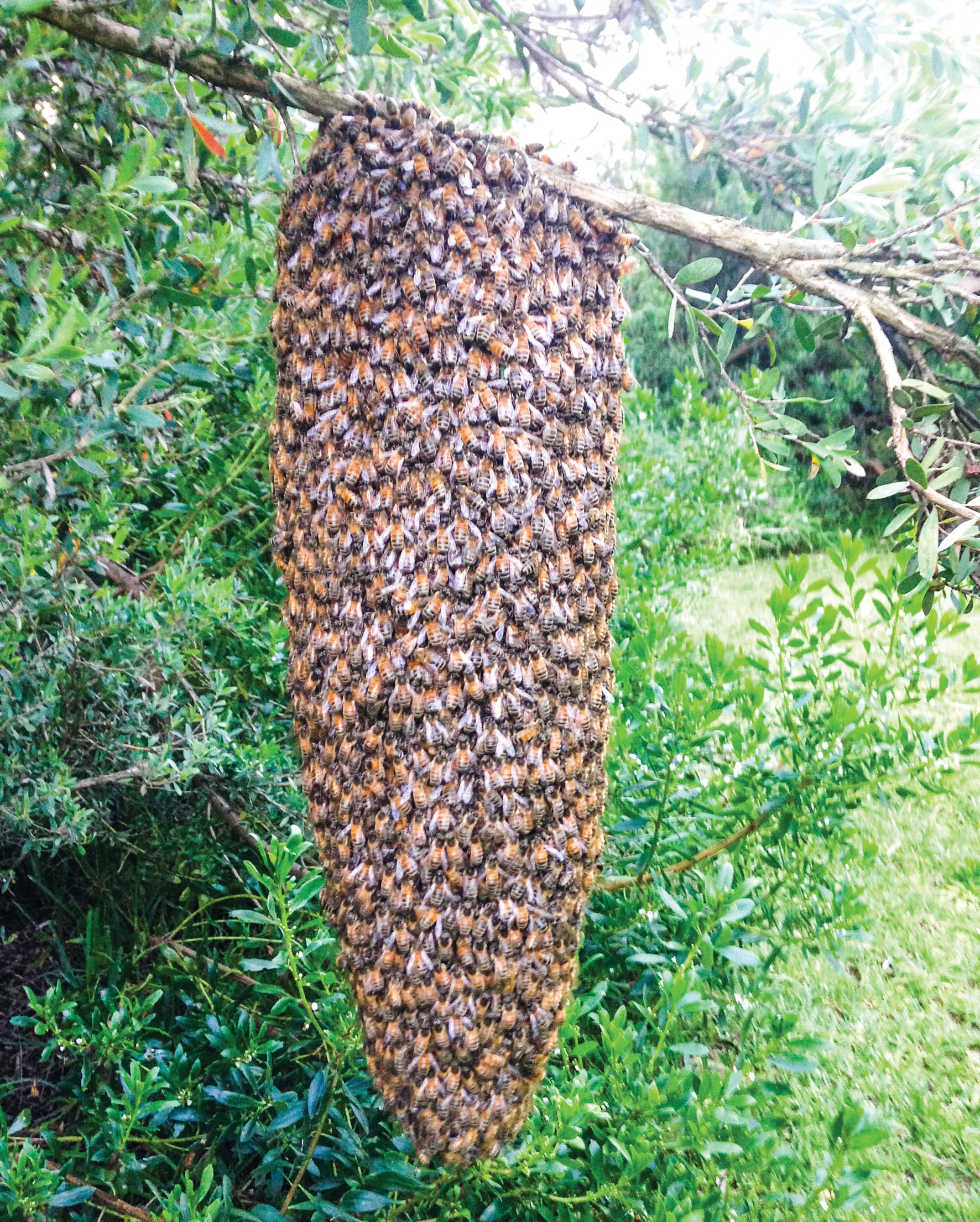Warning on worst bee swarming season
Phillip Island may face its worst bee swarming season ever.

Phillip Island’s only registered commercial apiarist has warned the island may face its worst bee swarming season ever.
David Severino, who has run Phillip Island Honey for more than a decade, said on average most years he is called out to about 50 swarms between September and November.
But last year he was called out to 350, a significant rise on the 200 call-outs in 2017.
“It’s rising each year,” he said.
David said a combination of problems was likely to increase that number this season, with 40 call-outs in the past week alone.
“There are more hobby beekeepers on the island and during Covid lockdown, a lot of them haven’t been coming down to look after their hives. Combined with the fact we are changing the environment to suit our needs, removing more trees and taking away the bees natural home, there are less native places for them to move to.”
He said all hobbyists were legally required to be registered, which meant during lockdown they were able to visit the island under agriculture rules to manage hives.
But he added the problem was many hobbyists had failed to register and by law hobbyists were obliged to prevent swarming.
With the weather cooler and wetter, swarming this year would likely extend later, to the end of November.
Swarming explained
David explained that swarming occurs when a colony splits, moving to a tree, fence post or street light for a short time, before then setting up a colony inside a house, for instance.
“Bees will swarm in the outdoors within a couple of hundred metres of a hive. From that swarm they will send out scouts to find somewhere to move to live. Because we’re taking away their native homes, they will move to other structures, which on Phillip Island generally means a vacant holiday home.
“Old homes are the worst because they’re not sealed well and have cracks. So once all the holiday homeowners start coming down I’ll get inundated with calls saying they’ve got bees. If people see a swarm, it’s best they call me to have them removed before they move into a house.”


David does not charge a fee to remove a swarm, however charges $120 for colony removal in a dwelling.
He said last year one unfortunate homeowner near Cowes Primary School had seven swarms in his backyard, from a hobby hive over his back fence.
“Yesterday the guy called me to say it has happened again: the bees from that private hive had swarmed.”
Last week he also attended a holiday home that had four separate hives in walls.
And last year a truck driver in Wonthaggi got a shock when his cabin filled with bees, after they had set up colony in his rear sleeper.
David said if homeowners called a pest exterminator to kill bees, not only was that hurting a precious natural resource, but it also caused long-term problems.
“If a colony has set up in a house’s wall, for example, for a length of time – generally longer than a week – they will have created a hive with honey. Even after the bees are removed, the hive will attract ants and rats. The following year the honeycomb will emit a scent, which then attracts more bees, year after year.
“So killing bees is not a good solution. Removal by an apiarist is best, either smoking out a short-term hive, or full removal and cut out of a long-term one.”
Wasps
David said European wasps were also a problem, which should be killed by a professional exterminator.
He predicted a bad season for wasps too, later in the year when increased visitor numbers would make more waste, and also more roadkill.
“Wasps are scavengers and so when more people arrive, which will lead to more roadkill and more red bins out, their numbers will increase.”






